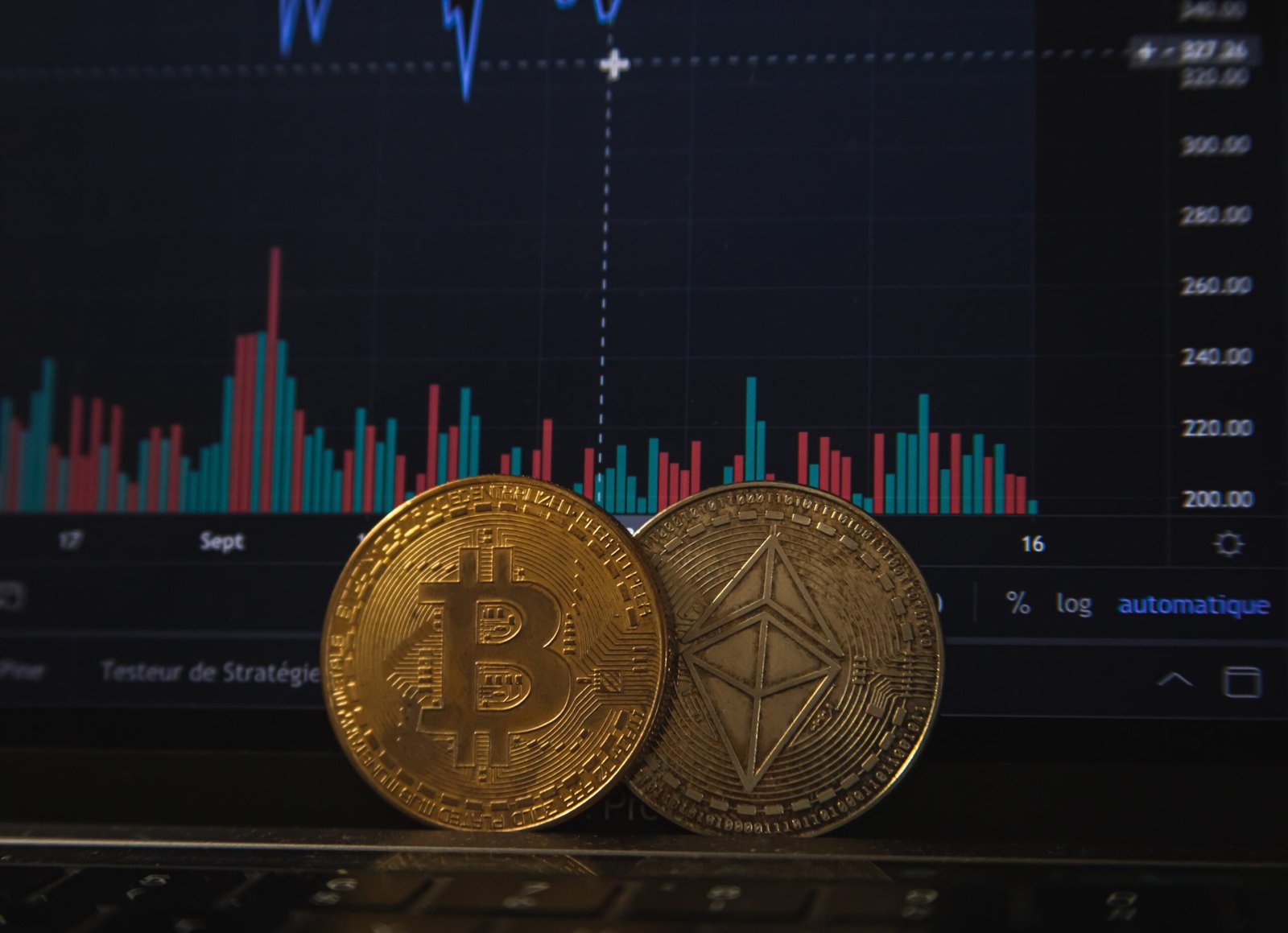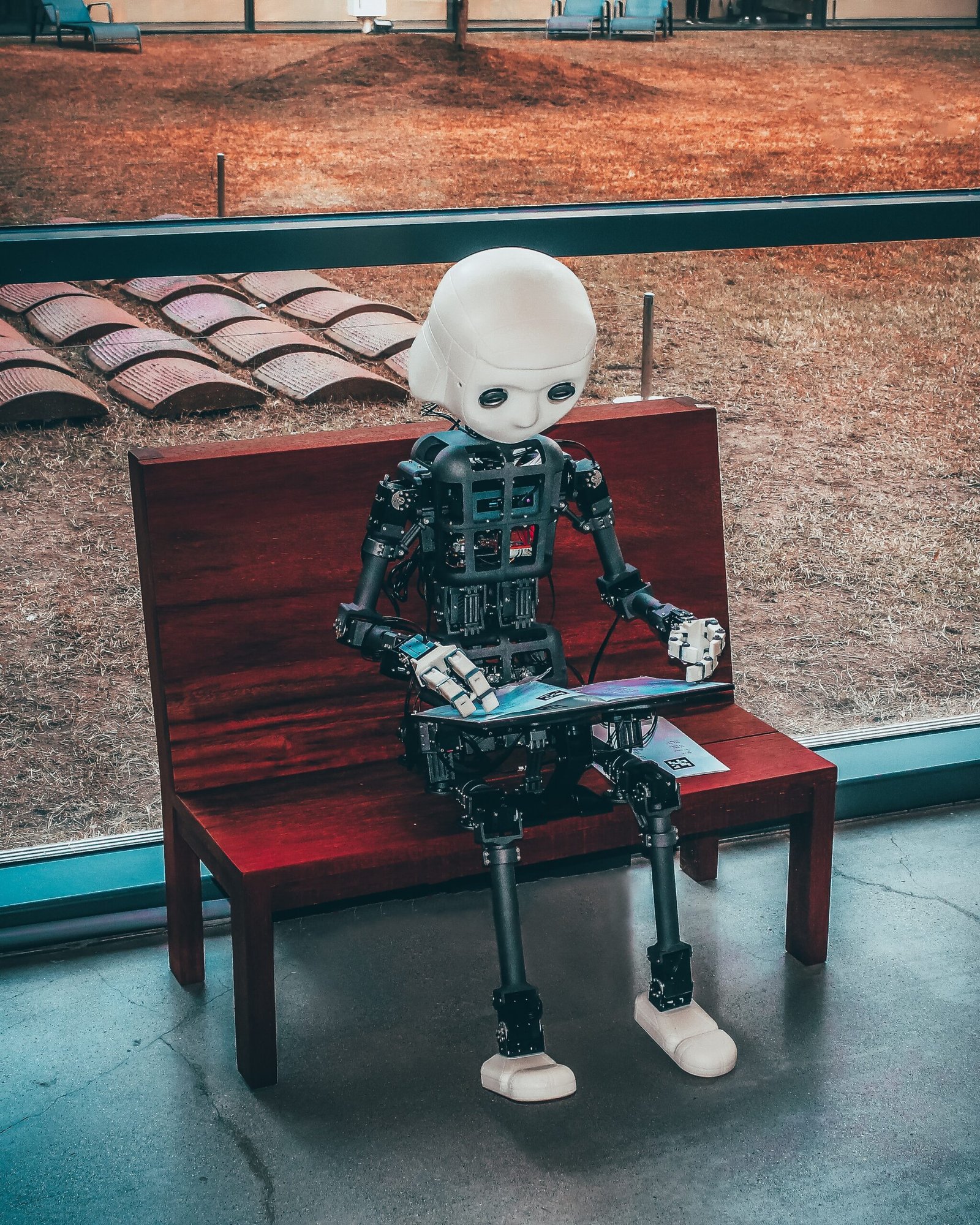The Intersection of Blockchain and Machine Learning
In recent years, two groundbreaking technologies have been making waves in their respective fields: blockchain and machine learning. While these technologies may seem unrelated at first glance, their convergence has the potential to revolutionize various industries. In this blog post, we will explore the intersection of blockchain and machine learning, highlighting the key benefits and applications of this powerful combination.
Understanding Blockchain
Blockchain is a decentralized and distributed ledger technology that enables secure and transparent transactions. It operates through a network of computers, known as nodes, which work together to validate and record transactions in blocks. Each block is linked to the previous one, creating an immutable chain of data. Blockchain’s key features include transparency, immutability, and security.
Exploring Machine Learning
Machine learning is a subset of artificial intelligence that focuses on enabling computers to learn and make predictions without being explicitly programmed. It involves the development of algorithms and models that can analyze large amounts of data, identify patterns, and make data-driven decisions. Machine learning has applications in various domains, including finance, healthcare, and marketing.
The Synergy of Blockchain and Machine Learning
Combining blockchain and machine learning can unlock new possibilities and address existing challenges. Here are a few ways these technologies complement each other:
Data Privacy and Security
Blockchain’s decentralized and encrypted nature enhances data privacy and security. By storing data on a blockchain, organizations can ensure that sensitive information is protected from unauthorized access. Machine learning algorithms can leverage this secure data to train models and make accurate predictions.
Data Integrity and Trust
Blockchain’s immutability ensures that data stored on the ledger cannot be tampered with. This feature is particularly valuable in scenarios where trust and transparency are critical, such as supply chain management or voting systems. Machine learning algorithms can analyze the data stored on the blockchain to detect anomalies or fraud.
Data Sharing and Collaboration
Blockchain provides a decentralized platform for data sharing and collaboration. Machine learning models can be trained on shared data without the need for a centralized authority. This opens up opportunities for collaborative research and development in fields like healthcare and finance.
Conclusion
The convergence of blockchain and machine learning holds immense potential for innovation and disruption across industries. By combining the security and transparency of blockchain with the analytical power of machine learning, organizations can unlock new insights and create more efficient and trustworthy systems. As these technologies continue to evolve, we can expect to see exciting advancements and applications in the near future.
People also ask
- What is blockchain, and how does it operate as a decentralized and distributed ledger technology?
- What are the key features of blockchain, including transparency, immutability, and security?
- What defines machine learning, and how does it contribute to enabling computers to make predictions without explicit programming?
- How do blockchain and machine learning complement each other in addressing challenges and unlocking possibilities?
- What advantages does blockchain offer in terms of data privacy and security, and how can machine learning leverage this secure data?
- How does blockchain’s immutability contribute to data integrity and trust, especially in scenarios like supply chain management or voting systems?
- In what ways can machine learning algorithms analyze data stored on the blockchain to detect anomalies or fraud?
- How does the convergence of blockchain and machine learning facilitate decentralized data sharing and collaboration, particularly in fields like healthcare and finance?
- What potential does the combination of blockchain and machine learning hold for innovation and disruption across industries?
- How can organizations benefit from the convergence of blockchain and machine learning in creating efficient and trustworthy systems, and what insights can be unlocked through this synergy?




